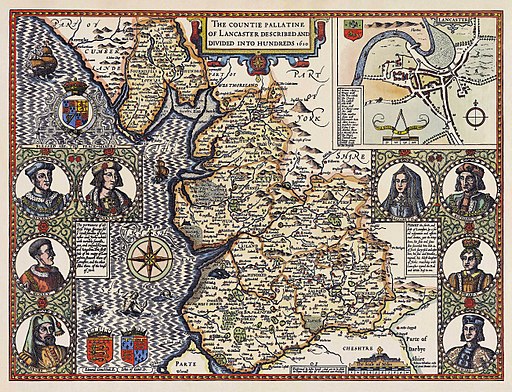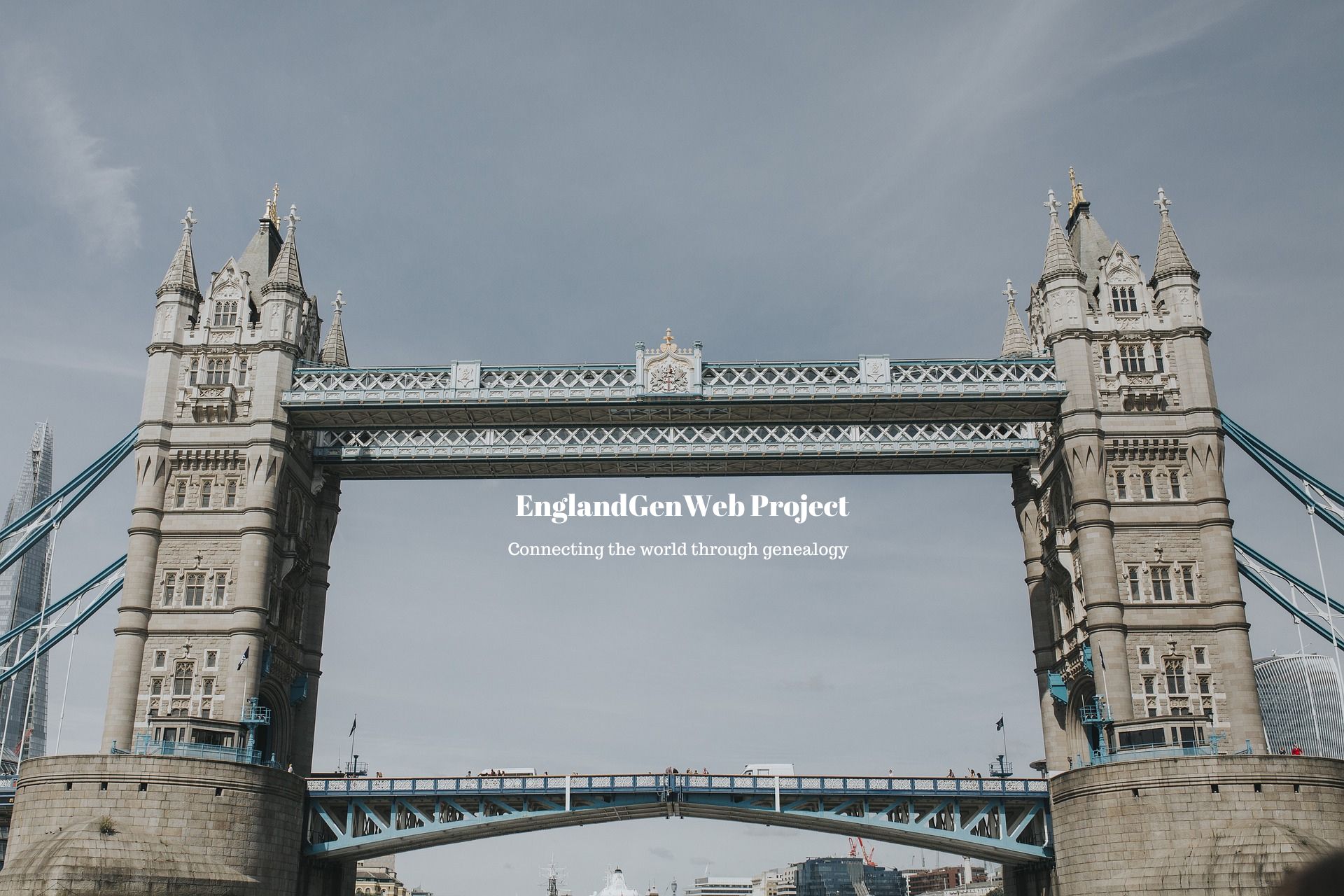Lancashire

Lancashire - A Palatine and maritime county, is bounded on the north by Cumberland and Westmoreland, on the east by Yorkshire, on the south by Cheshire and Derbyshire, and on the west by the Irish Sea.
The first Earl of Lancashire was Edmund Crouchback, the youngest son of Henry I. In the time of the brave John of Gaunt, fourth son of Edward, the county of Lancaster was advanced to the dignity of a palatinate by a Royal patent. It confers the title of Duke of Lancaster on the King, and many other high titles are derived by nobility from this county.
Lancashire has been, at a great variety of periods in history, the scene of contention and theatre of strife. The sanguinary conflicts between the Houses of York and Lancaster, the Royal forces of Charles l, and those of Parliament under Cromwell, as well as the support which the Pretender received from the disaffected, have stained the fields of this county with blood. The Battle of Flodden Field, of more early date, gave testimony to the prowess of the men of Lancashire and the achievements of the heroic bowmen and billmen from the districts of Warrington, Wigan, Rochdale, Preston, Blackburn, Bolton, etc.
A very extraordinary page in Lancashire history must be included - The Lancashire Witches. In 1594, Ferdinand, the fifth Earl of Derby, was seized with mortal sickness, produced probably by poison secretly administered. After much suffering, he died days later. In his chamber was found an image of wax with hair the same color as that of the Earl stuffed into the belly! In the 1600s, many notorious witches were tried at Lancaster assizes.
( Pigot and Co.'s National Commercial Directory, 1828)
The difference between a Shire and a County - We must have observed that the names of many counties end in 'shire' - e.g., Lancashire & Yorkshire, while others like Cumberland and Westmorland don't have this ending. Shires are tracts of land that the Anglo-Saxons created, the word itself being Anglo-Saxon, meaning that it is a part shorn or cut off from a larger tract. The term County is from the French word comté - a province governed by a count (comes), and it did not come into use until after the Norman Conquest. In Henry II's reign, Lancashire became definitely the 'County of Lancaster.' Lancashire is, strictly speaking, a county and not a shire, and it is one of the youngest of the counties.
Lancashire is not only a county but a 'County Palatine.' This is because, in 1351, Edward III rewarded Henry, the fourth Earl of Lancaster, for his military success during the war with the French by making him a Duke - and by giving him 'palatinate' powers for life - that is, the powers of the royal palace, which included the right to establish his own chancery or civil service, and also his courts, to try civil and criminal cases. Within the boundaries of the county, the Duke was virtually a king.
The name Lancashire - The name Lancashire was derived from its old capital town of Lancaster - the Roman castrum or camp on the Lune, from which the names Loncastre and Lancastra afterwards changed to Lancaster. Lancastreshire was later shortened to Lancashire. In the Domesday Book, we find the lands of the county's southern half treated with those of Cheshire and those of the northern half with Yorkshire. According to the 1911 Census, the population of Lancashire was 4,768,474. Of these people, over 4 million inhabited South Lancashire - because the area had many industrial towns, and only about 400,000 dwelt in North Lancashire.
Queries and Surname Resource Pages
Submit and View Queries and Surnames Submit a Query or Surnames for your lost Lancashire, England ancestor.
